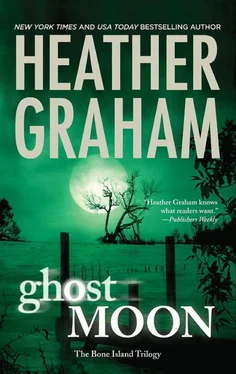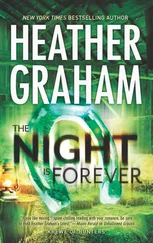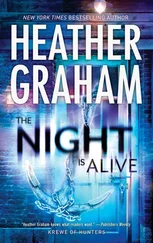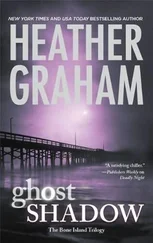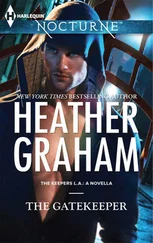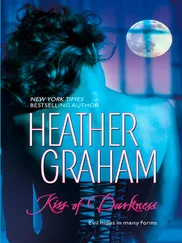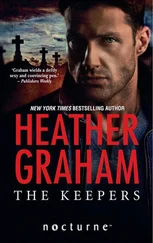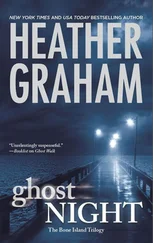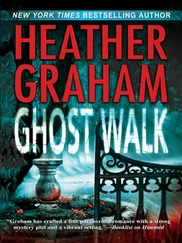1912—Henry Flagler brings the Overseas Railroad to Key West, connecting the islands to the mainland for the first time.
1917—On April 6, the United States enters World War I. Key West maintains a military presence.
1919—Treaty of Versailles ends World War I.
1920s—Prohibition gives Key West a new industry—bootlegging.
1927—Pan American World Airways is founded in Key West to fly visitors back and forth to Havana.
Carl Tanzler, “Count von Cosel,” arrives in Key West and takes a job at the U.S. Marine Hospital as a radiologist.
1928—Ernest Hemingway comes to Key West. It’s rumored that while waiting for a roadster from the factory he writes A Farewell to Arms.
1931—Hemingway and his wife, Pauline, are gifted with the house on Whitehead Street. Polydactyl cats descend from his pet, Snowball.
Death of Maria Elena Milagro de Hoyos.
1933—Count von Cosel removes Elena’s body from the cemetery.
1935—The Labor Day Hurricane wipes out the Overseas Railroad and kills hundreds of people. The railroad will not be rebuilt. The Great Depression comes to Key West, as well, and the island, once the richest in the country, struggles with severe unemployment.
1938—An overseas highway is completed, U.S. 1, connecting Key West and the Keys to the mainland.
1940—Hemingway and Pauline divorce; Key West loses its great writer, except as a visitor.
Tanzler is found living with Elena’s corpse. Her second viewing at the Dean-Lopez Funeral Home draws thousands of visitors.
1941—December 7, “a date that will live in infamy,” occurs, and the U.S. enters World War II.
Tennessee Williams first comes to Key West.
1945—World War II ends with the armistice of August 14 (Europe) and the surrender of Japan, September 2. Key West struggles to regain a livable economy.
1947—It is believed that Tennessee Williams wrote his first draft of A Streetcar Named Desire while staying at La Concha Hotel on Duval Street.
1962—The Cuban Missile Crisis occurs. President John F. Kennedy warns the United States that Cuba is only ninety miles away.
1979—The first Fantasy Fest is celebrated.
1980—The Mariel boatlift brings tens of thousands of Cuban refugees to Key West.
1982—The Conch Republic is born. In an effort to control illegal immigration and drugs, the U.S. sets up a blockade in Florida City, at the northern end of U.S. 1. Traffic is at a stop for seventeen miles, and the mayor of Key West retaliates on April 23, seceding from the U.S. Key West Mayor Dennis Wardlow declares war, surrenders and demands foreign aid. As the U.S. has never responded, under International law, the Conch Republic still exists. Its foreign policy is stated as, “The Mitigation of World Tension through the Exercise of Humor.” Even though the U.S. never officially recognizes the action, it has the desired effect: the paralyzing blockade is lifted.
1985—Jimmy Buffet opens his first Margaritaville restaurant in Key West.
Fort Zachary Taylor becomes a Florida State Park (and a wonderful place for reenactments, picnics and beach bumming).
Treasure hunter Mel Fisher at long last finds the Atocha.
1999—First Pirates in Paradise is celebrated.
2000–Present—Key West remains a unique paradise, garish, loud, charming, filled with history, water sports, family activities, and down and dirty bars. “The Gibraltar of the East,” she offers diving, shipwrecks and the spirit of adventure that makes her a fabulous destination, for a day, or forever.
The sun was setting, casting a bloodred hue upon the land and the Merlin house.
The house was quite odd, sitting on a spit of peninsula that stretched in a small curlicue from the Old Town mainland of Key West. One of a kind, it was Victorian and elegant—and in a state of neglect and decay that made it appear as if it were haunted, almost a living, breathing entity. Shadowed windows might have been eyes, watching all activity that surrounded the place. The fading gray paint created a trick of light in the coming darkness, making it seem as if there was a pulse in the façade of the place. It sat, quiet, dormant, and yet alive…waiting.
Liam Beckett parked his car in the overgrown gravel drive of the old house, dreading what he would find within, and thinking back many years.
This had been Kelsey’s home for so long. Until her mother had died, and her father had taken her away. Cutter Merlin had stayed behind, either mourning his only daughter or left behind by his son-in-law. Liam didn’t know. He remembered Kelsey, though. She’d been his enemy—the little girl who tortured him with spitballs while he’d slipped behind her to tie knots in her hair—and then, somewhere along the way, they’d become friends. And then she had become the first real crush of his life, a dark-haired tomboy who had become a lithe and elegant young woman. He hadn’t been able to say goodbye.
And now…
He walked to the front door and knocked. The house was nearly seven thousand square feet, and Cutter lived in it alone, so—with or without his sense of dread—there was no reason to fear because his initial knock wasn’t answered. He pressed the buzzer for the doorbell, but he was certain that it hadn’t worked in years.
He heard nothing within the house.
He banged on the door again, but there was still no response.
He stepped back on the porch. As Jason Fried had reported, the mail was piling up.
Maybe Cutter Merlin had gone somewhere. Out to see his granddaughter in California, perhaps.
But that wasn’t the case, and Liam knew it.
Cutter Merlin hadn’t left the island in a decade.
He walked around back. The house itself sat on a solid coral-and-limestone shelf that gave way to sand, sea grapes and mangroves. Bony pines and low scruff foliage surrounded the house, most of it appearing to be dead and unkempt, adding to the barren, forgotten and forlorn appearance of the property. Liam knew how to break in: when Kelsey had forgotten her keys, they had crept through the brush—once tended—to the rear of the house and the laundry room. There was a loose screen over the washer and dryer, and it was a piece of cake to move it.
Liam did so.
He slipped the screen out and crawled in, then leapt down from the dryer to the floor.
The odor assailed him immediately, and he knew.
He just had to find the body.
He flicked the switch, but the lights in the laundry room were out. He doubted it had been used in a long time. The connecting door between the kitchen and the laundry room was unlocked, though, giving to his touch. In the kitchen, he flicked another light switch.
A dim bulb came to life.
Cutter Merlin had been fixing himself something to eat. Flies buzzed around a bowl of tomato soup and the sandwich on the plate beside it. Liam touched the bread; it was hard as a rock. An odor different from the intense smell of death but nearly as bad rose from the sandwich.
He walked through to the massive dining room. A bay window seat to the north usually gave a beautiful view of the Gulf, a magnificent site to watch the sunset. But he couldn’t see the dying sun except for a sliver of light; the drapes had been drawn.
There was a patina of dust over the house. Cobwebs covered the chandelier over the dining table.
“Cutter?” Liam called the man’s name, and then felt like an ass, talking to himself. He knew that Cutter was dead. No living man could have remained in that house with the odor, a miasma that was palpable.
One tile step led to the grand living room. The light from the kitchen wasn’t enough to filter in, but, trying another switch, Liam discovered that it, too, was dead.
Читать дальше
